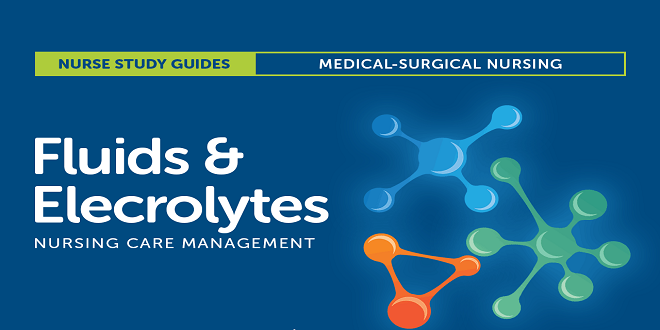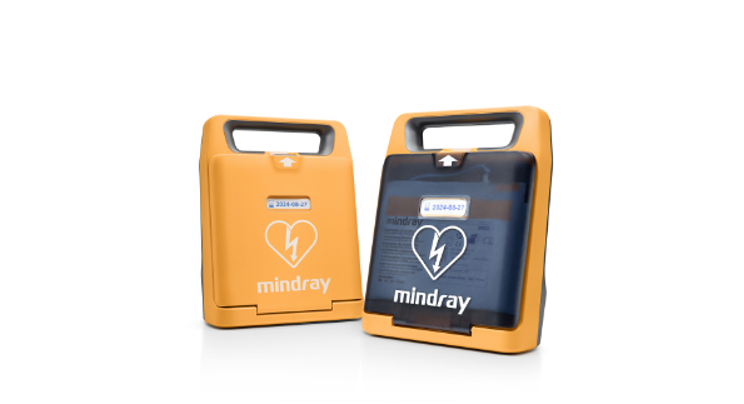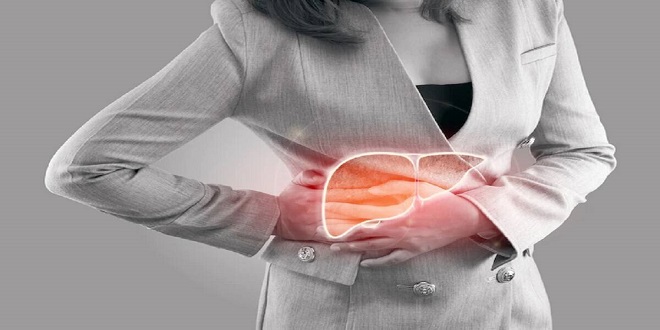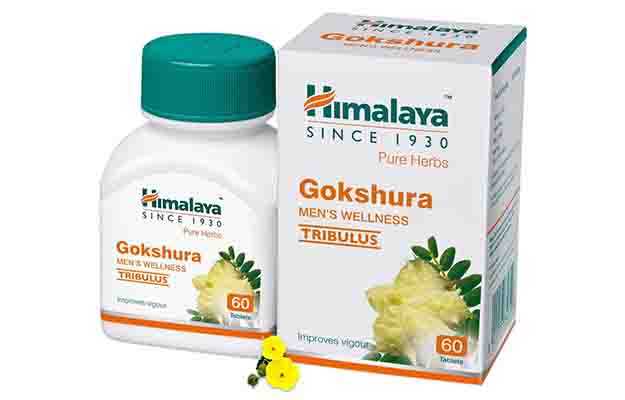Fluid–Electrolyte and Acid–Base Balance

WATER COMPARTMENTS
Most of the water of the body, about two-thirds of the total water volume, is found within individual cells and is called intracellular fluid (ICF). The remaining third is called extracellular fluid (ECF) and includes blood plasma, lymph, tissue fluid, and the specialized fluids such as cerebrospinal fluid, synovial fluid, aqueous humor, and serous fluid.
WATER INTAKE AND OUTPUT
Most of the water the body requires comes from the ingestion of liquids; this amount averages 1600 mL per day. The food we eat also contains water. Even foods we think of as somewhat dry, such as bread, contain significant amounts of water. The daily water total from food averages 700 mL. The last source of water, about 200 mL per day, is the metabolic water that is a product of cell respiration. The total intake of water per day, therefore, is about 2500 mL, or 2.5 liters.
Most of the water lost from the body is in the form of urine produced by the kidneys; this averages 1500 mL per day. About 500 mL per day is lost in the form of sweat, another 300 mL per day is in the form of water vapor in exhaled air, and another 200 mL per day is lost in feces. The total output of water is thus about 2500 mL per day.
ELECTROLYTES IN BODY FLUIDS
The three principal fluids in the body are intracellular fluid and the extracellular fluids plasma and tissue fluid. The relative concentrations of the most important electrolytes in these fluids are depicted. The major differences may be summarized as follows. In intracellular fluid, the most abundant cation is K, the most abundant anion is HPO4 , and protein anions are also abundant. In both tissue fluid and plasma, the most abundant cation is Na, and the most abundant anion is Cl. Protein anions form a significant part of plasma but not of tissue fluid. The functions of the major electrolytes are described.
ELECTROLYTES
Electrolytes are chemicals that dissolve in water and dissociate into their positive and negative ions. Most electrolytes are the inorganic salts, acids, and bases found in all body fluids. Most organic compounds are non-electrolytes; that is, they do not ionize when in solution. Glucose, for example, dissolves in water but does not ionize; it remains as intact glucose molecules. Some proteins, however, do form ionic bonds and when in solution dissociate into ions.
INTAKE, OUTPUT, AND REGULATION
Electrolytes are part of the food and beverages we consume, are absorbed by the gastrointestinal tract into the blood, and become part of body fluids. Hormones regulate the ECF concentrations of some electrolytes. Aldosterone increases the reabsorption of Na ions and the excretion of K ions by the kidneys. The blood sodium level is thereby raised, and the blood potassium level is lowered. ANP increases the excretion of Na ions by the kidneys and lowers the blood sodium level. Parathyroid hormone (PTH) and calcitonin regulate the blood levels of calcium and phosphate. PTH increases the reabsorption of these minerals from bones, and increases their absorption from food in the small intestine (vitamin D is also necessary). Calcitonin promotes the removal of calcium and phosphate from the blood to form bone matrix.
BUFFER SYSTEMS
The purpose of a buffer system is to prevent drastic changes in the pH of body fluids by chemically reacting with strong acids or bases that would otherwise greatly change the pH. A buffer system consists of a weak acid and a weak base. These molecules react with strong acids or bases that may be produced and change them to substances that do not have a great effect on pH.
Phosphate Buffer System
The two components of this buffer system are sodium dihydrogen phosphate (NaH2PO4), a weak acid, and sodium monohydrogen phosphate (Na2HPO4), a weak base. Let us use specific reactions to show how this buffer system works. If a potential pH change is created by a strong acid, the following reaction takes place: HCl + Na2HPO4 → NaCl + NaH2PO4.
Last word
Changes in fluid balance or pH in elderly people are often the result of disease or damage to particular organs. A weak heart (congestive heart failure) that cannot pump efficiently allows blood to back up in circulation. In turn, this may cause edema, an abnormal collection of fluid. Edema may be systemic (often apparent in the lower legs) if the right ventricle is weak, or pulmonary if the left ventricle is failing.





